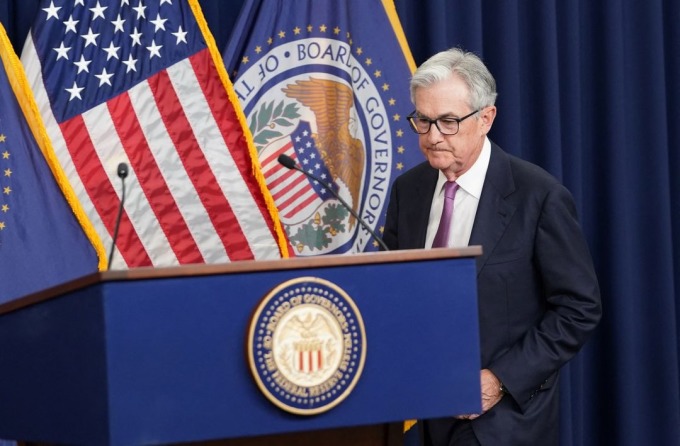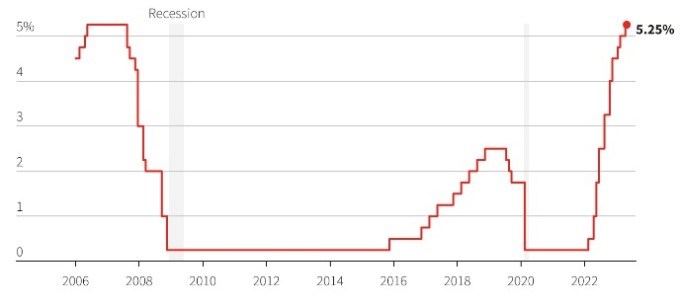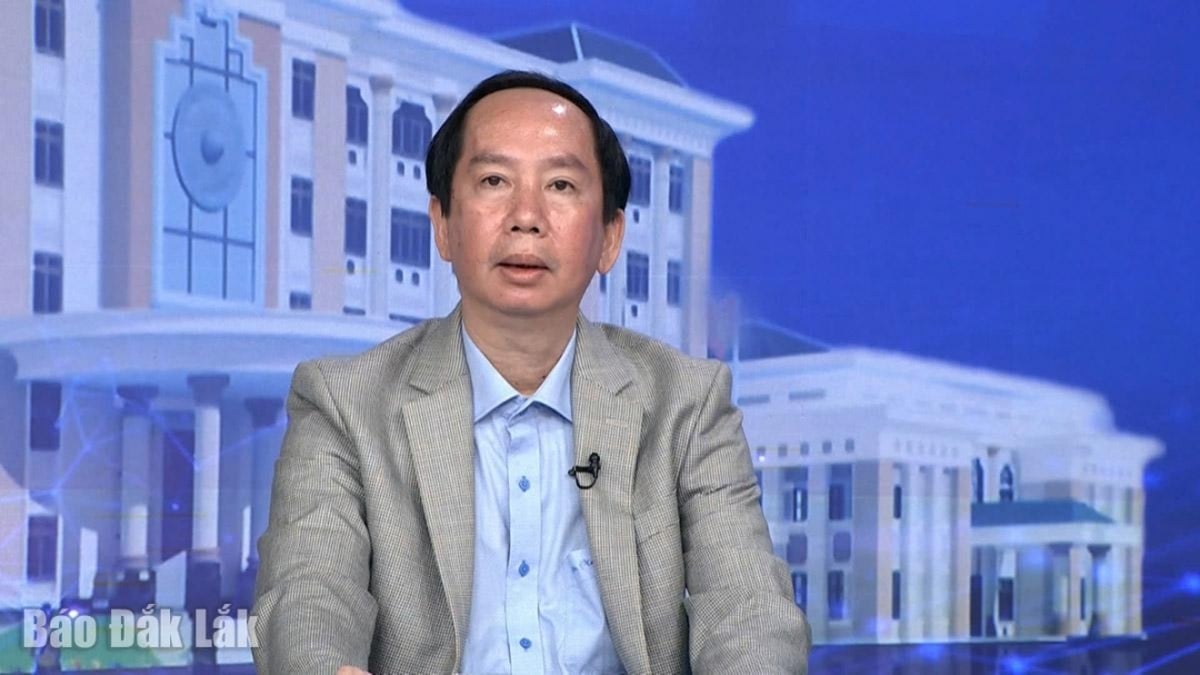After 10 consecutive increases, the US Federal Reserve (Fed) paused to further assess the impact of previous moves on the economy .
Fed officials said in a statement on June 14 after a two-day policy meeting that they considered the decision not to raise rates this time to be prudent. However, most of them said they expected further rate hikes this year.
"Nearly all members believe that further rate hikes this year are appropriate to bring inflation back to 2%," Fed Chairman Jerome Powell said at a press conference later.

Fed Chairman Jerome Powell at a press conference on June 14. Photo: Reuters
The benchmark interest rate in the US is currently around 5-5.25%. This is the highest level in more than 15 years.
The Fed has raised interest rates 10 times since March 2022, aiming to cool inflation that is still double its target. The Fed rate applies to overnight interbank loans. While it is not the rate consumers pay, it can still affect the interest rates on loans and savings they encounter on a daily basis, such as mortgages, auto loans, and credit cards.
The Fed’s next policy meeting is in July. Future moves will depend on upcoming economic data, including the job market. Wage growth remains strong, putting pressure on prices.
Leading economists say the labor market is to blame for persistently high interest rates and needs to be rebalanced to bring inflation back to 2%. Most members of the Federal Open Market Committee (FOMC) – the Fed’s monetary policy-setting body – expect unemployment to rise to 4% to 4.1% this year.

Fed interest rate adjustments since 2006. Chart: Reuters
"The Fed is increasingly paying attention to the jobs and core inflation numbers. They want to dampen market optimism so that the inflation fight doesn't get harder and the economic problems don't get worse," Seema Shah, chief global strategist at Principal Asset Management, told CNN.
While the Fed believes further rate hikes are necessary to keep inflation in check, Powell believes inflation will continue to cool. That’s because housing costs, which account for the bulk of core inflation, are slowing. “You’re going to see new rents come down. It’s really just a matter of time,” he said.
Fed officials forecast the Personal Consumer Expenditures Price Index (PCE) — the agency's preferred inflation measure — will come close to 2% next year and reach 2% by 2025.
Ha Thu (according to CNN)
Source link


































































































Comment (0)